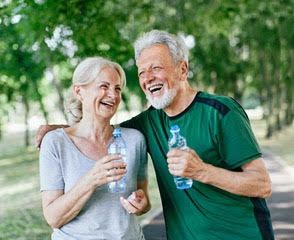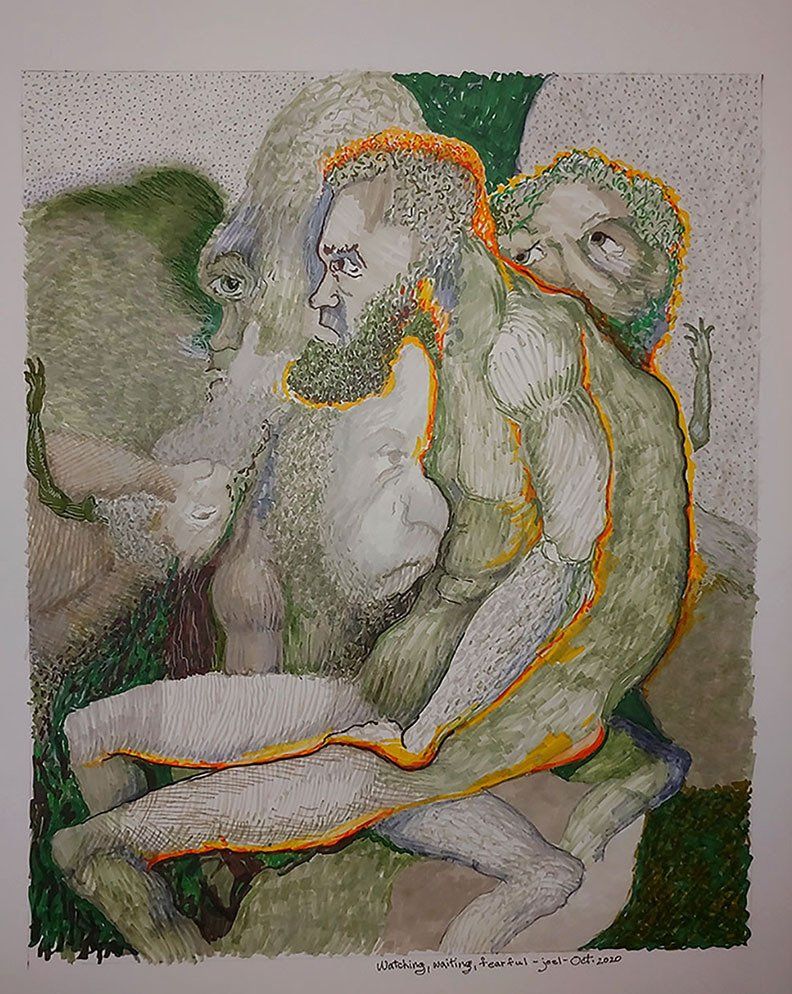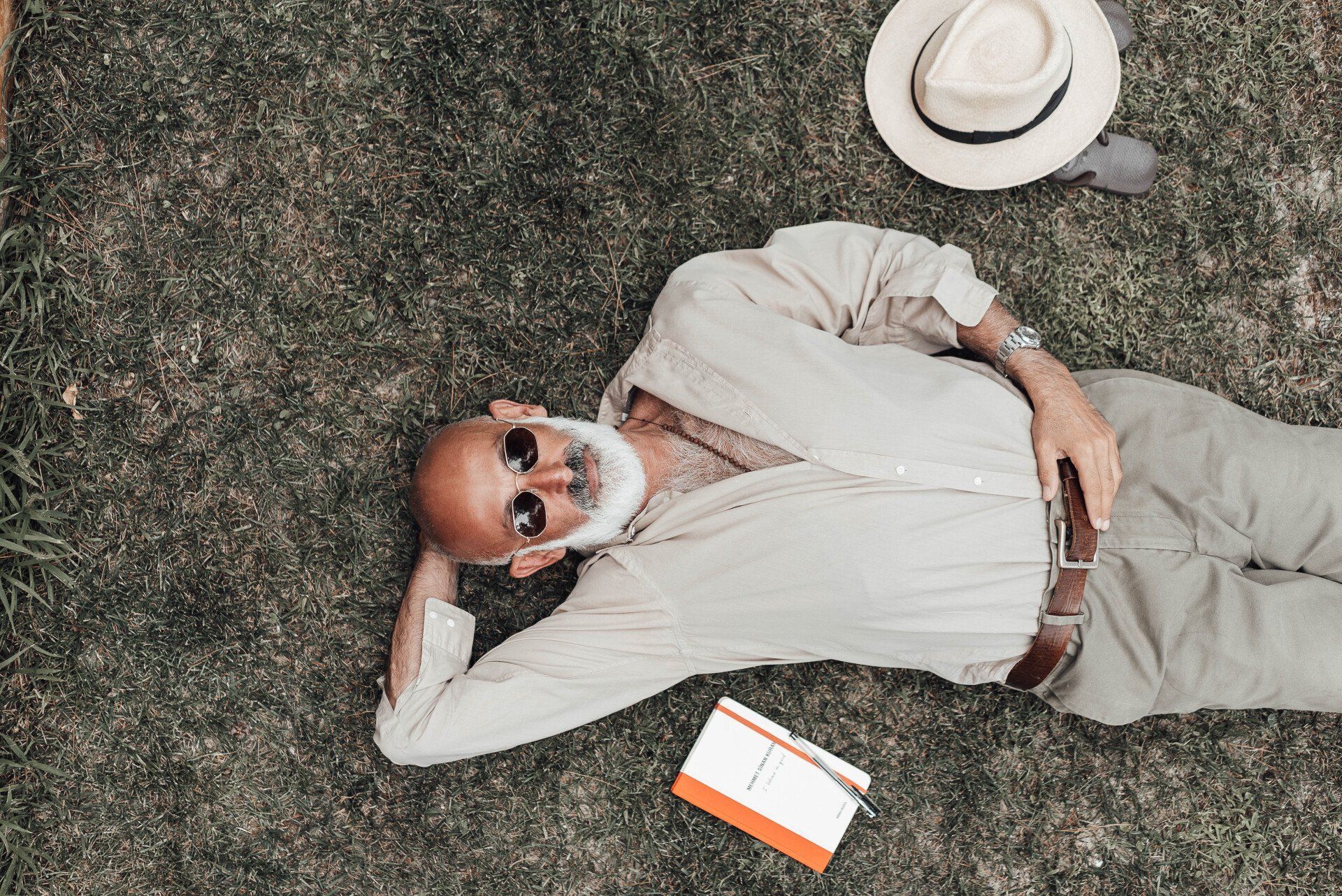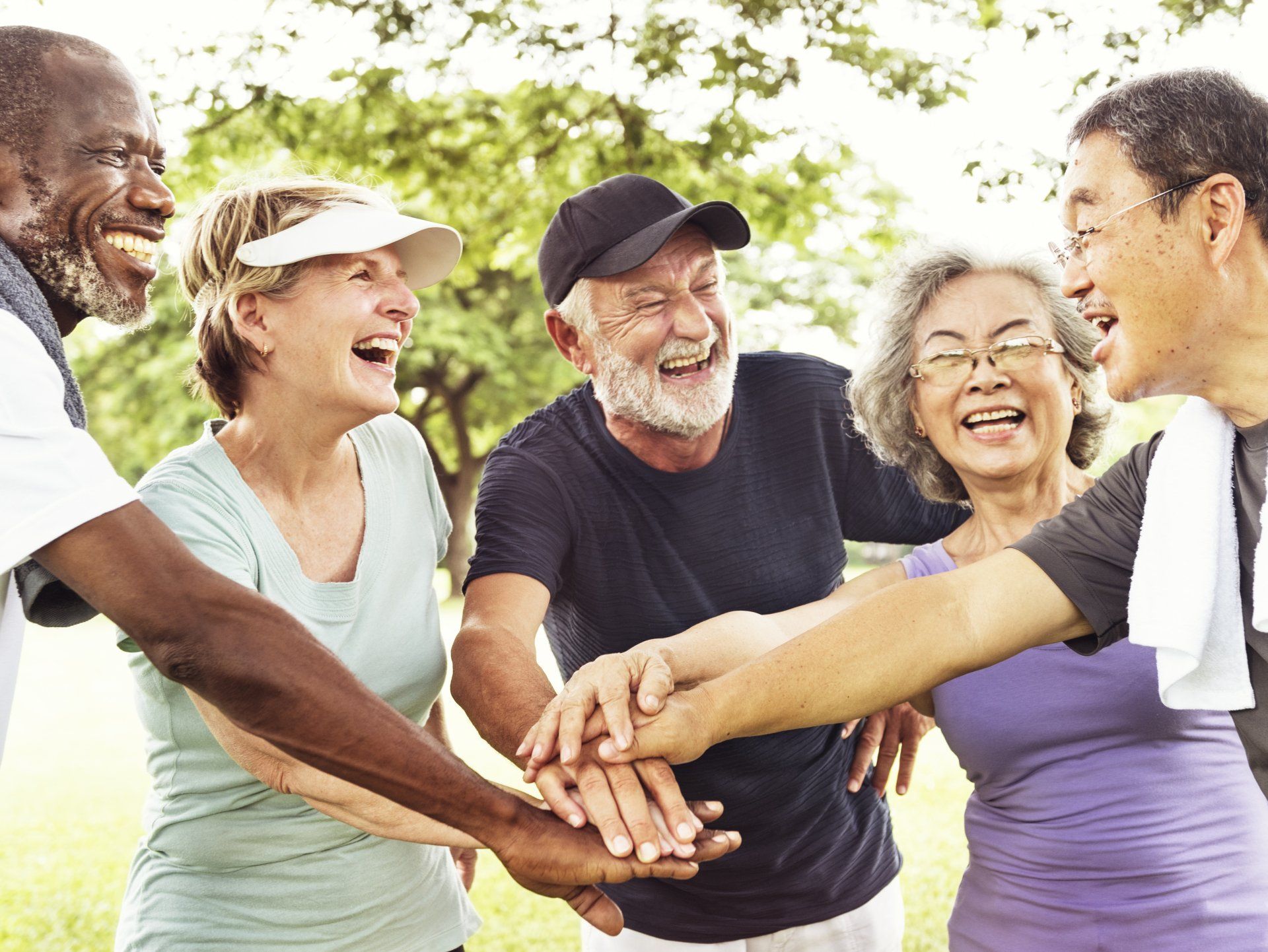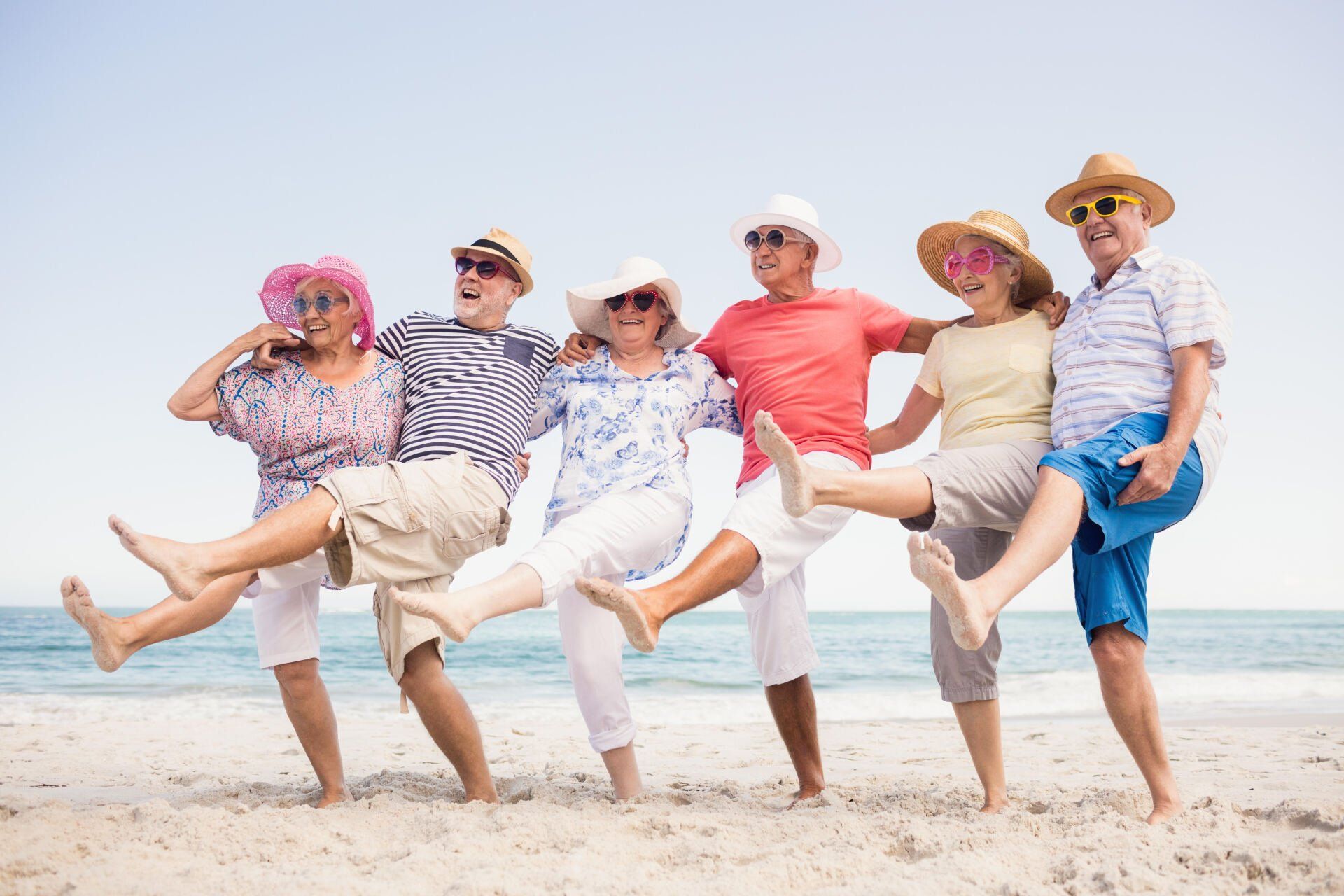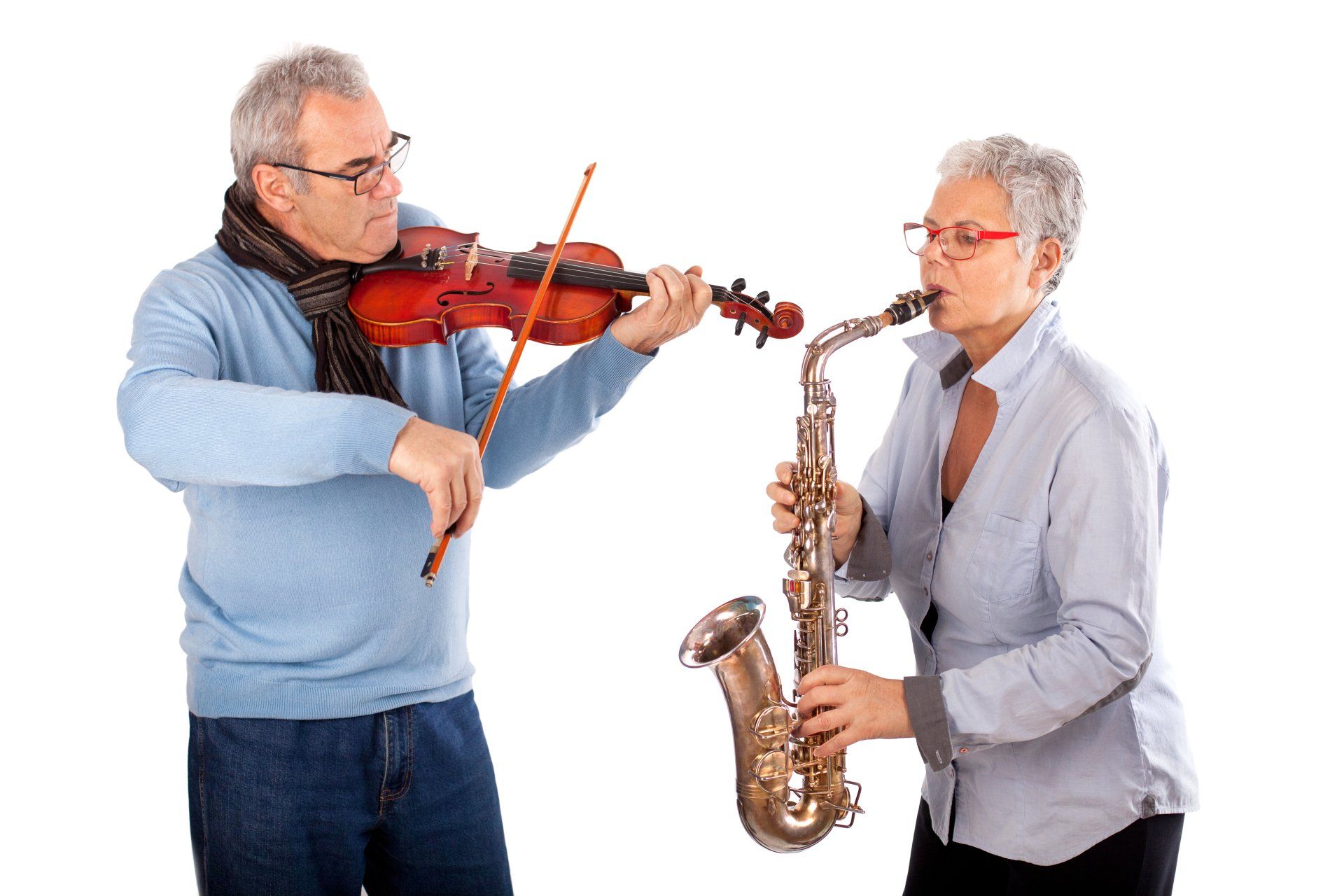Achieving our full potential for happiness with purpose and meaning.
Hi! Welcome to A Guide to Aging Successfully. This is the Introduction to this series of Aging Well Posts. I am Don Gash, an Emeritus Professor of Neuroscience at the University of Kentucky. My career has been dedicated to studying the amazing human brain. I have published more than 230 papers and have seven patents on treating age-associated neural diseases. No cures have been found for Alzheimer’s and Parkinson’s but through medical research we know how to substantially reduce the risks for both diseases. We also know much more about how to Age Well – to Age Successfully. I cover these topics on how we now live in the New and Better Age of Aging in the Posts that follow.
Aging itself has many features of being a disease. It involves a progressive decline in many functions and increasing risk for injuries, diseases, and dying. But there are many examples of people who age well and find ways to make it the most fulfilling stage in life. Genes are only a small part of the equation for positive aging. The Blue Zones, diverse genetic communities around the world where people live longer, healthier, and happier lives (1), show that there are effective skills and habits to manage the challenges of aging. Practical ways available for all of us to follow.
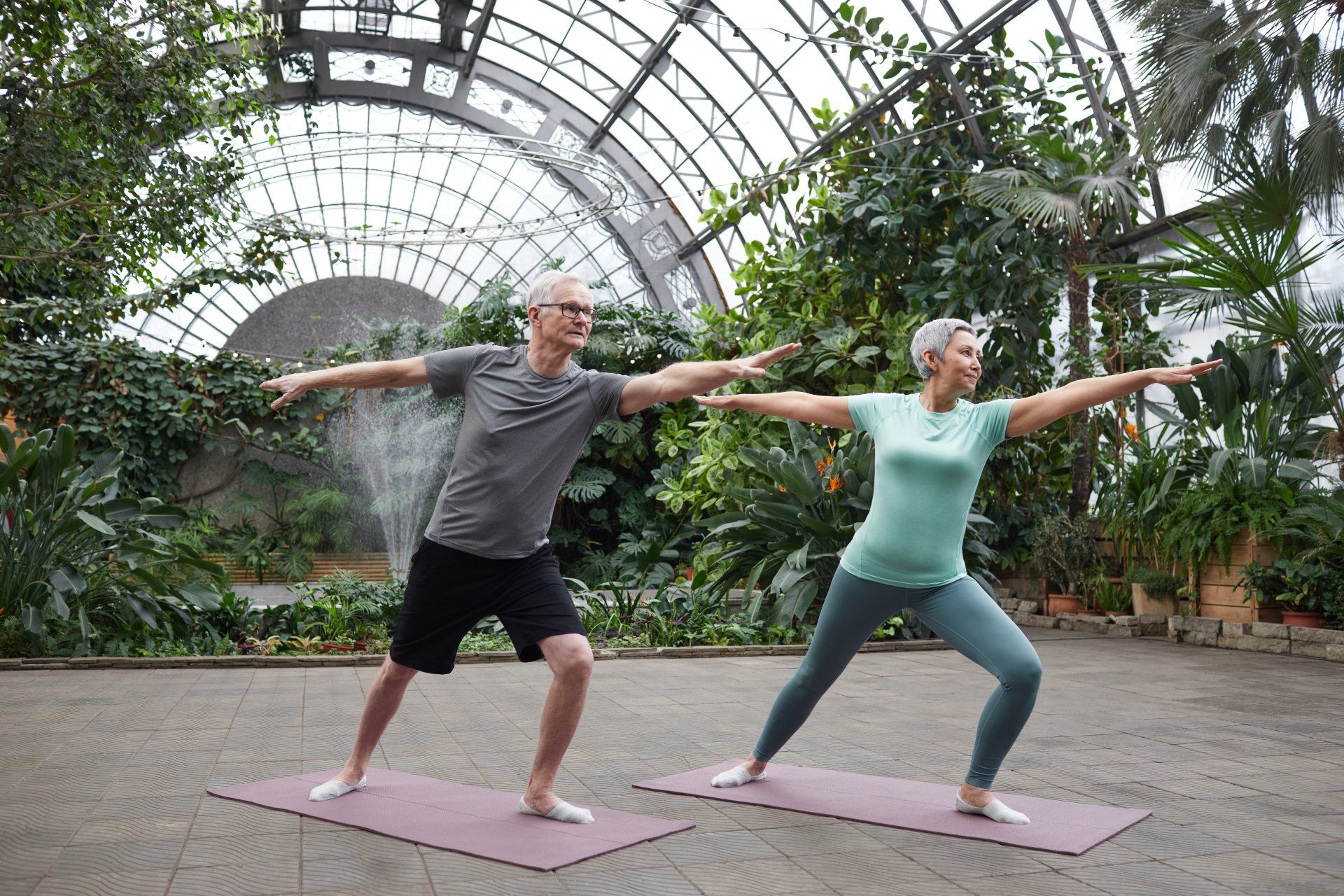
We cannot grow younger, but we can grow in wisdom, resilience, and joy in living. My quest has been to find the best ways for doing this. My experience in developing treatments for neurological diseases has led to better understanding normal aging processes and ways to strengthen them. Ways to activate natural restorative processes in the brain and body that effectively enhance wellbeing. Approaches that increase the quality and joy in living. That do not to replace good medical care but make it work better.
The Good news is there are many things under our control that can increase wellbeing in aging. I am 77 now and they have proven to be invaluable as I age. I would like to share them with you. So, I have started this series of Posts to provide guidance to positive, healthier, happier aging – aging successfully!
What does Successful Aging Look Like?
In my classes teaching undergraduates and graduate students, they list fame, fortune, and great achievements as their goals in life. This changes dramatically with aging. Living positive, healthier, and happier lives are the top-rated goals in discussions with my classes for adults 50 years and older. These goals can be defined as:
1) Positive Living: Grounded in positivity for fully experiencing the joys in life and managing the challenges.
2) Healthy Habits: Staying physically and mentally active along with healthy lifestyle habits (2).
3) Being Happier: Living mindfully with purpose and meaning, thriving with a strong social network.
How to achieve these Goals?
The secret lies within us, abilities we naturally possess. Using the power inherent in our own mind. A resource we often neglect. The American Philosopher William James wrote more than 100 years ago: “Most people live—whether physically, intellectually, or morally — in a very restricted circle of their potential being. We all have reservoirs of life to draw upon which we do not dream.”
The positive capabilities of our mind and body, our reservoirs of life, can be drawn upon and strengthened in many ways. What I would like to do here is start by going over two important steps to take to get on the pathway to aging successfully.
First and foremost, sit down and consider your motivation. What in life is the most important thing to you? What purpose is so important that you will dedicate the time and effort it takes to succeed? It may be family, friends, a great cause, being creative, helping others, feeling better…. the list goes on and on. The important thing is it your motivation, your purpose and meaning, your reason for living. In French it is Joie de vivre, your joy of living. In Japanese it is ikigai, your reason for getting up in the morning. Pursuing your purpose in life generates drive, energy, meaning, and satisfaction in living.
Next, recognize that your brain is changing throughout life and that you can strongly influence the changes being made by what you think and do.(3,6) New neural circuitry is constantly rewiring in response to what we are experiencing and our expectations. New neurons are being generated in the brain’s memory center. Neurochemistry is also changing. Collectively, these changes can be incredibly powerful and alter one’s living and life.
Witnessing Life-Changing Power in our Minds.
Virtually everyone has experienced the life-changing power in our mind seen in Placebo Effects! Placebo effects are strong physical and mental responses created by positive expectations for benefiting from a treatment or advice. They often occur in clinical trials as well as in daily life. In a clinical trial, rather than an active drug, a control group is often given a harmless pill or injection called a placebo. The study is blinded meaning that the patients do not know whether they are receiving the active drug or an inactive substance until the study is over. In many diseases, those in the placebo group can experience amazing health benefits through their expectation that they are receiving the active drug.
An exceptionally strong Placebo Effect occurred in a clinical trial I designed that was conducted years ago (4). While the trial was for treating Parkinson’s patients, what it revealed is incredibly important for all of us who are aging. And we are all aging, some of us are farther along than others. We were testing a new drug that promised to restore brain functions lost in Parkinson’s disease. The results were spectacular, but in a quite different way than I had expected. What happened revealed the extraordinary healing power present in the human mind. Your mind and my mind.
There were 10 Parkinson’s patients in the study. All were in the middle stage of the disease, meaning that their conventional drugs were not working well. Bob was one of the patients. He has told his story publicly, including on national news programs.
Bob was in many ways the most affected, his disease had progressed quickly over the eleven years since he had been diagnosed. Bob was a Major in the Salvation Army, a preacher and musician. He arrived at our first several testing sessions for the drug trial in a wheelchair, unable to move or speak above a whisper. When not taking his normal medications, his body was frozen in the sitting position, his face stiff and unmoving as if carved in stone. It was so painful for him to move that family members would have to lift his legs up to get him into bed or in the car. They would have to dress and undress him.
A year later, all 10 patients being treating with the new drug were showing dramatic improvements, recovering physical and mental abilities they had lost years earlier (4,5). Bob’s improvements were extraordinary. As witnessed during monthly videotaped testing sessions that were later shown on the CBS news program
60 Minutes, Bob no longer needed a wheelchair. He could quickly stand up and walk at a fast pace across the room. He was able to resume his life, traveling, going to meetings, and giving public talks. His smile had returned. He and his family were enjoying life again.
It seemed like the new drug we were testing was miraculous! However, the drug company owning the patent stopped all clinical trials on the drug for several reasons. First, there was some evidence that it might cause brain damage. Secondly, four patients out of the 17 in their placebo treated group showed benefits in the same range as our patients. This suggested that our results may have been due to a profound placebo effect that is often seen in some Parkinson’s patients in clinical studies.

Placebos Create Positive Expectations
A placebo creates expectations for a positive benefit in the mind of the patient. The Placebo Effect comes through hope magnified by some experience. The Effects can be generated by participating in a clinical trial or simply by going into a clinic and talking with a doctor who listens and writes a prescription. Placebo effects have been documented for managing pain, fatigue, depression, motor functions, perceptions, emotions, and improving responses to many drugs,
The Placebo Effect can also come from events in everyday life that create expectations for improvement. For example, a good pep talk from a coach or from a trusted friend . Support Groups can help create Positive Expectations – patients talking to other patients about things that are helping them. The important point here is that the benefits coming from a placebo work through expectations in the mind of the beholder.
Now I believe our drug did work and the placebo effect made it work better. Evidence collected over the past 15 years has shown this to be the case (5). But here I want to focus on Placebo effects. They do make good drugs work better! They also make us do better in life. And they do this through making our brains work better (6)! They do it through the thoughts we are thinking – expectations for benefits. Pause for a minute to think about how important this is! Some ways of thinking can make our brains work better. Isn’t this grand! Placebo effects can help in both medicine and everyday life. In fact, placebo effects are just one example of expectations as a driving force in our life.
Placebos Can Activate Innate Healing Processes
A positive attitude can create a positive expectations. One of the first signs we saw in our Parkinson’s patients, even before their symptoms began to improve was a profound improvement in their attitude. Their outlook changed from a passive deep negativity obsessing about their own progressively debilitating disease, to an active enthusiasm focusing positively on the present. Their lives now had new meaning; they had a purpose to live for. They had volunteered for a dangerous treatment that may not help them but could help others. They were no longer their disease, but brave members of our society. They were treated as VIPs when they came in for their monthly checkups. Their families and communities were also treating them with admiration because of their positive attitude and respect for their courage.
The effects of positive expectations generated by placebos can last for months to years. They are not just imagination! Expectations can create real physical changes in the brain. Brain chemistry can change. For Parkinson’s patients, there are increases in the neurochemical dopamine(7). The loss of dopamine in the brain causes the problems like Bob and other Parkinson’s patients have. Brain neurocircuitry can change. This is seen in Parkinson’s patients when neural activity is turned on like a light switch in the brain, increasing neuronal firing in circuitry regulating motor functions that help patients walk, move naturally, and speak clearly (8). Learning and memory functions can also improve. This happens through the birth of new neurons for memory and learning. All these changes are brain healthy and can help restore lost cognitive and motor functions.
Placebos are one of many methods for managing our mind, to access our hidden reservoirs of strength, our resilience to the adversities and challenges of aging. To bounce back and fully embrace living and life.
There are many other methods we will examine and seehow they can work for us in the Posts that follow. Skills, practices, and lifestyle habits that can help us do our part achieve our full potential for wellbeing. Good medical care when needed is an essential part of the equation. Ideally, care received by working in partnership with your doctor for achieving well-balanced wholeness in aging. The purpose of these Posts is to provide accurate, evidence-base information on what helps in making aging a most satisfying and fulfilling stage of life.
Questions and Responses to: A Guide to Aging Successfully
Your questions and comments about this Post are welcome. Send them to me at dongash@khtnow.com . The information in this Post is also available in Podcast 1: A Guide to Successful Aging: Introduction.
_____________________________________________________________________
The Author: Don Gash is an emeritus professor of Neuroscience (PhD) in the College of Medicine and Lewis Honors College at the University of Kentucky. His expertise is in drug development for treating diseases of aging, especially those effecting the brain. Sixteen years ago, he recognized that aging posed serious threats to health and wellbeing – and had many features of being a disease. Dr. Gash felt that his experience in developing therapies for neurological diseases could be used to better understand normal aging processes and ways to promote successful aging. Ways that activate natural healing processes in the brain and body to effectively restore true wellbeing. Lifestyle habits and practices that do not replace good medical care when needed but make it work better. The advice given is evidence-based from published studies, including his, and from his years of personally testing many programs and exercises to identify those which effectively cultivate and enable Aging Successfully.
Sources: PubMed identification numbers (PMID) are given for peer-reviewed scientific reports in mainstream science journals. The scientific papers are available online through PubMed on www.nlm.nih.gov.
1. Buettner D. (2010)
The Blue Zones: Lessons for living longer from the people who have lived the longest.
National Geographic, Washington, D.C.
2. Li Y et al. (2018) Impact of healthy lifestyle factors on life expectancies in the US population. Circulation. 138: 345-355. PMID: 30571372
3. Gash, D and Deane A. (2015) Neuron-based heredity and human evolution. Front. Neurosci. 9:209. PMID:26136649
4. Slevin JT et al. (2005) Improvement of bilateral motor functions in patients with Parkinson’s disease through unilateral intraputamenal infusion of glial cell line-derived neurotrophic factor. J. Neurosurg. 102:216-222. PMID: 15739547
5. Gash D et al. (2020) GDNF clinical trials for Parkinson’s disease: a critical human dimension. Cell Tissue Res. 382: 65-70. PMID: 32630288.
6. Beauregard M. (2009) Effect of mind on brain activity: Evidence from neuroimaging studies on psychotherapy and placebo effects. Nord J Psychiatry 63:5-16. PMID:19023697
7. de la Fuente Fernandez R, Lidstone S, and Stoessl AJ. (2006) Placebo effect and dopamine release. J Neural Transm Suppl. (70): 415-8. PMID: 17017561.
8. Ko JH et al. (2014) Network modulation following sham surgery in Parkinson’s disease. J Clin Invest. 124: 3656-66. PMID: 25036712
All Rights Reserved | Aging Successfully

